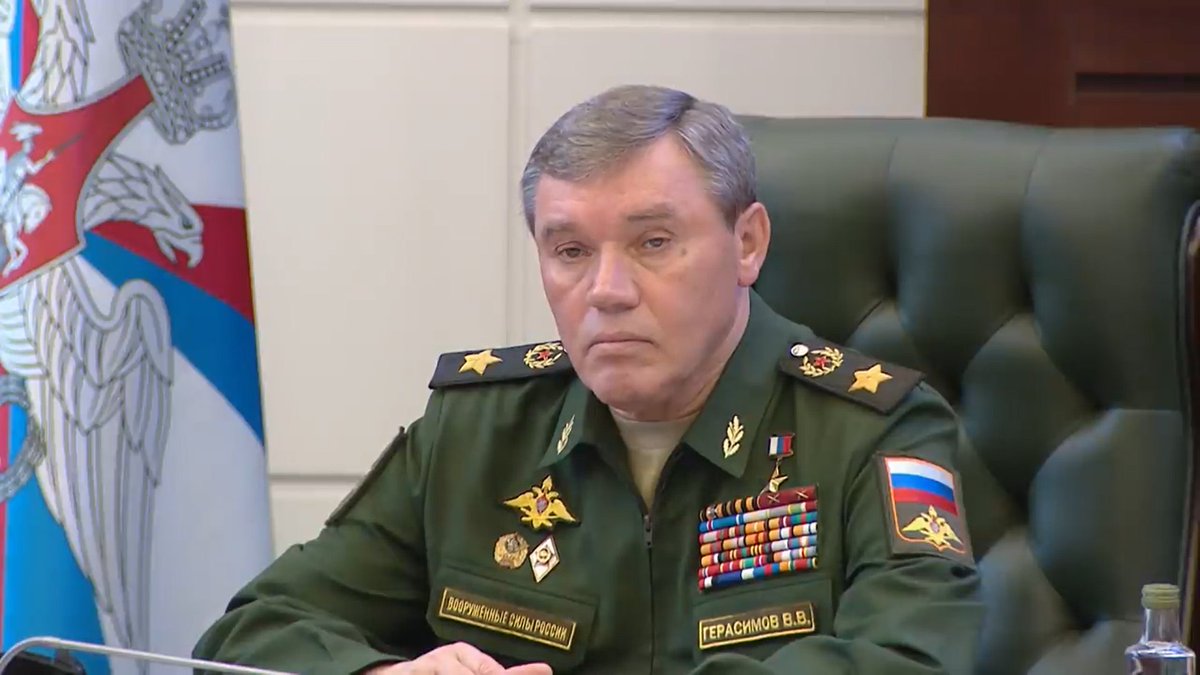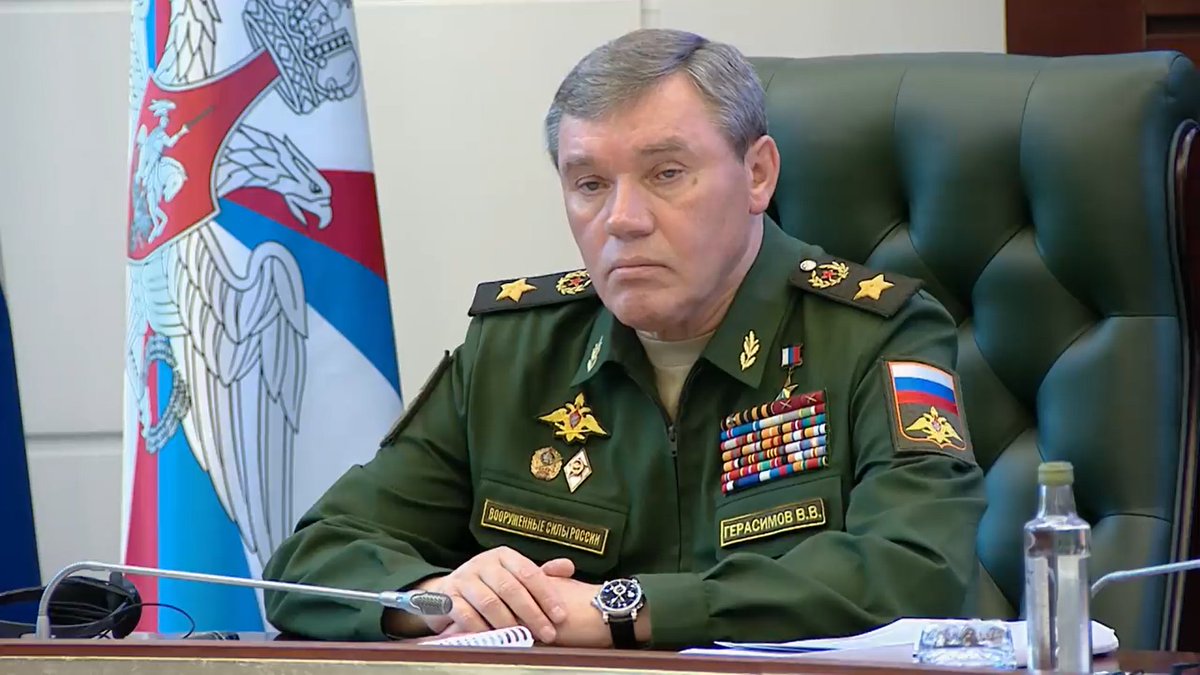Shoigu: The military and political situation in the Eastern strategic direction remains tense. The Eastern Military District has come up with a set of measures to thwart the emerging threats. Military contingents in the most important directions are being consistently reinforced.
Shoigu said the District will receive >500 new and modernized pieces of equipment, sufficient to rearm 14 units, by the end of the year. This includes 2 S-400 regiments and 2 Buk-M1-2 battalions. 2/
function.mil.ru/news_page/coun…
tass.com/defense/1201859
function.mil.ru/news_page/coun…
tass.com/defense/1201859
Shoigu said around 11k people have been selected to serve under contract since the beginning of the year, which 100% completed the planned figure (presumably this was just for the district). 3/
eng.mil.ru/en/news_page/c…
eng.mil.ru/en/news_page/c…
He said the district will focus on improving the mobilization system, building military infrastructure, delivering modern weapons, and increasing the effectiveness of training next year. 4/
Shoigu said the situation in the Arctic remains complicated, caused by "growing competition between the world's leading states for access to resources and transport lanes." He said they are strengthening the Northern Fleet to ensure Russia's national interests in the Arctic. 5/
He noted the Northern Fleet will receive 179 systems this year, including the Knyaz Vladimir Borei-A, Admiral Kasatonov Project 22350, and Akademik Pashin tanker. He also noted construction of the Nagurskaya and Temp airfields and block-modular camps for the 3rd PVO Division. 6/
• • •
Missing some Tweet in this thread? You can try to
force a refresh























